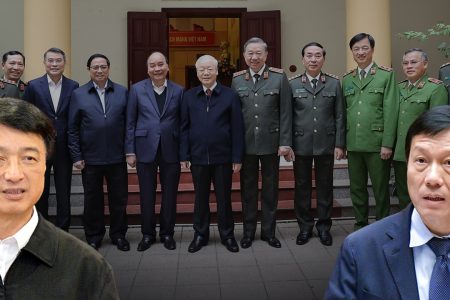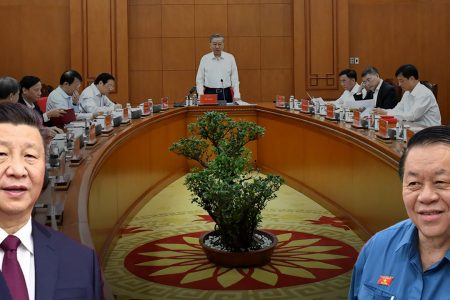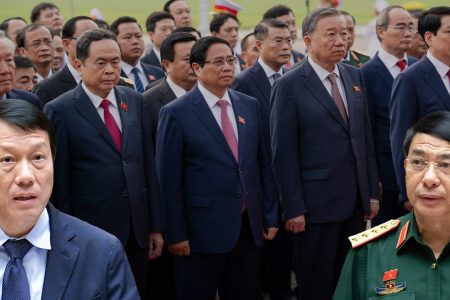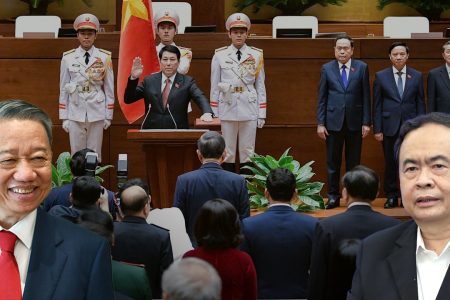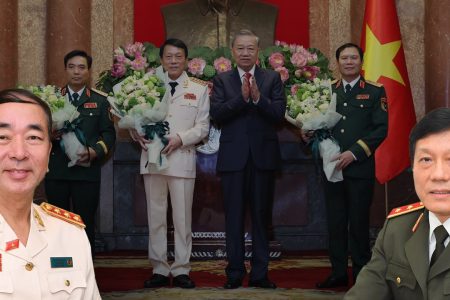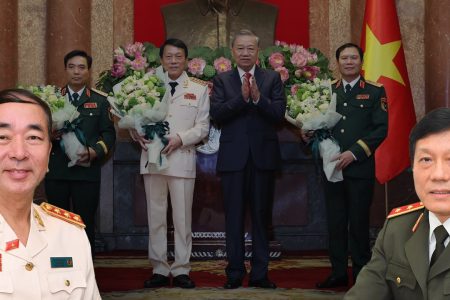2020 can be seen as a successful year for Vietnam when it effectively controls the Covid-19 pandemic and maintains a positive GDP growth rate (2.4% according to IMF forecasts) in the context of the global economic recession, making many countries admire it.
In addition, Vietnam also held the chairmanship of the Association of Southeast Asian Nations (ASEAN), hosted the online summit of 10 ASEAN countries (November 2020), then contributed positively to the historic online signing ceremony of the Regional Comprehensive Economic Partnership (RCEP) – considered the world’s largest free-trade region.
Vietnam has clearly made good strides, taking advantage of the global geopolitical, economic, and business environment shift, including the US-China trade war.
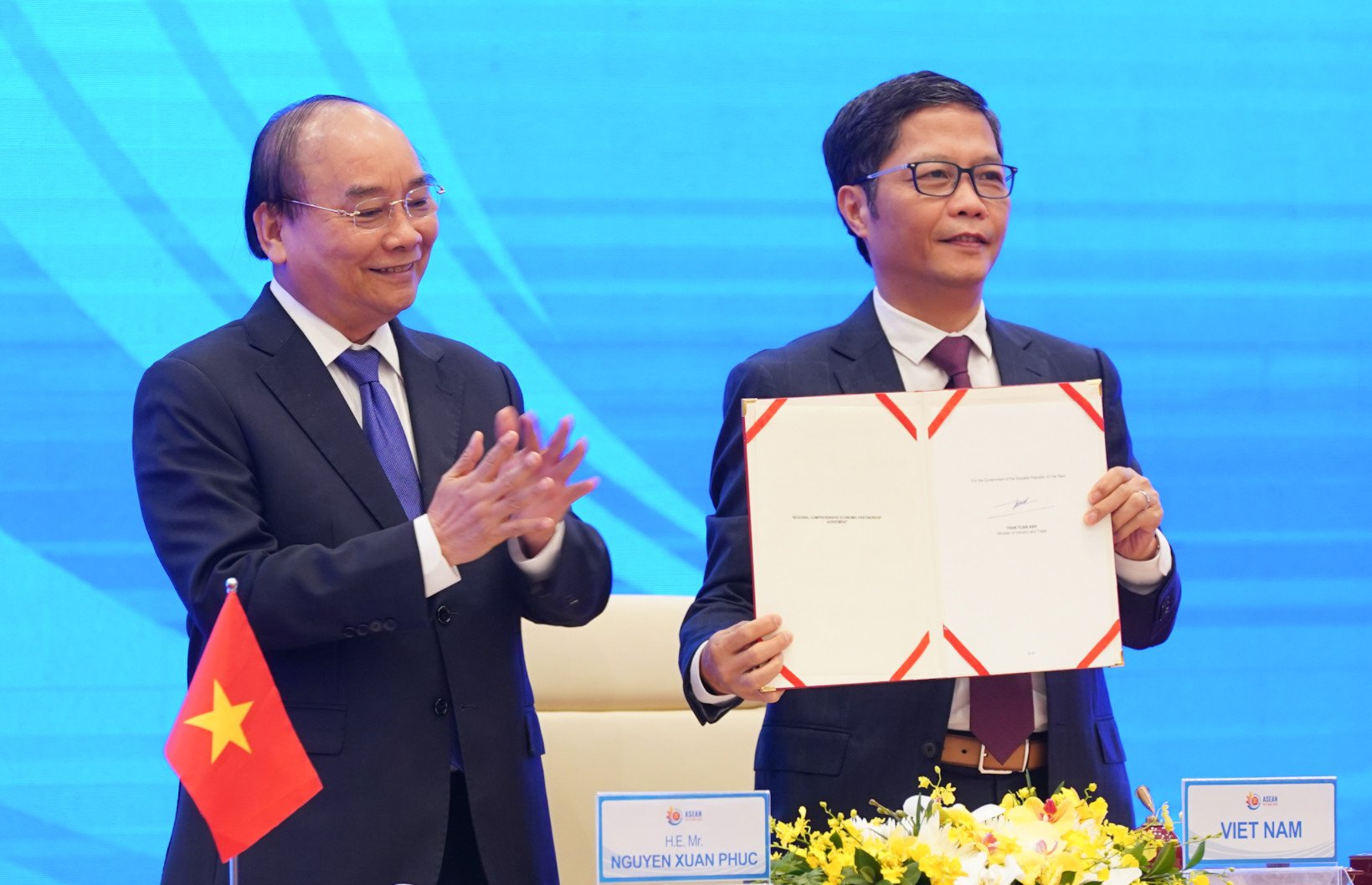
The fact that many multinational corporations plan to shift production from China to avoid US sanctions is fueling the Vietnamese economy.
According to a report made by the IMF, by the end of 2020, Vietnam’s nominal GDP will surpass Singapore and Malaysia to become the fourth largest economy in ASEAN.
Ruchir Sharma, the chief strategist at Morgan Stanley Investment Management, also said that Vietnam will be one of the most powerful developing economies after the pandemic.
However, that picture will probably not be just pink. Besides the bright highlights, there are still many worries.
The first is the risk of “getting old before getting rich.” In fact, Vietnam has entered the population aging period in 2011 (with the proportion of people aged 65 and over accounting for 9.9%), will experience the aging population in 2026 – 2054 ( accounting for 10-19.9%), and the very old population period from 2054 to 2069 (accounting for 20 – 29.9%).
Vietnam is also considered to have the fastest time in the world to transition from “population aging” to “aging population” in the world (20 years), while Japan and China take 26 years, UK and Spain took 45 years.
Some interventions are aimed at maintaining replacement fertility, such as abolishing the rule of not having a third child, or Ho Chi Minh City’s encouragement for women to have more children has not been as effective as expected.
In addition, Vietnam has not really taken advantage of opportunities in the golden demographic period, when the proportion of trained labor has increased but productivity is still much lower than Singapore, Malaysia, Thailand, … even in danger of being overtaken by Laos and Cambodia.
Second, taking full advantage of international favorable factors and domestic political stability to continue as successful as the past 5 years may not be easy anymore when Vietnam begins to face much pressure, including from the Washington side – comprehensive and friendly partner, and biggest export market.

Vietnam’s trade surplus with the US in the first 10 months of 2020 reached $58 billion, surpassing Japan, just behind China and Mexico, making the US Treasury Department “label” to designate Vietnam as a country currency manipulator during the transition of power of the Donald Trump administration.
Third, the development mindset of Vietnamese leaders has not really made many breakthroughs.
In the period 2006 – 2016, due to haste, poor willpower, and poor governance, many state corporations – which are expected to be the “steel punch” of the Vietnamese economy – have caused serious mistakes with severe consequences (such as corruption and loss at Vinashin, PVN, …) that have not been completely overcome so far.
This shows the ineffectiveness of the state-owned economic sector’s development policy.
However, the process of divesting state capital and equitizing these enterprises is still taking place very slowly and continuously delayed.
In addition to the policy of gathering clues about a state capital management super committee (instead of SCIC), the recent draft drafted by the Ministry of Planning and Investment also mentions the concept of “large-scale SOEs,” proposed piloting separate policies for some specific state-owned enterprises in the telecommunications sector (Mobifone), energy (EVN) and the defense industry (Viettel) to make them “flying cranes” the true leading firms of the Vietnamese economy.
This approach does not actually have many qualitative changes, just “hiding dust under the carpet,” so it is difficult to ensure success and effective risk management.
Can reforms be delayed again?
Looking back on history, the Doi Moi/Renovation lesson at the 6th National Party Congress (1986) is essentially just returning to old values (eliminating state monopolies and liberalizing part of the economy) when the model of subsidized leadership fell into crisis.
In order to achieve the goal of prosperity and at least become a middle power to deserve the country’s potential, it is necessary for Vietnam to undertake strong, radical, and permanent reform without going into the wrong position of “half-hearted reform.”
World experience shows that prosperity will be the ultimate result of the liberalization policy.

Historian Johan Norberg, who made the documentary “Sweden: A lesson for the United States?”, affirms that Sweden is not a socialist country because “the state does not possess the production tools.”
During their period of miraculous growth, East Asian economies such as Japan, South Korea, and Taiwan all maintained the leading role of the state, but gradually loosened up, ended dominance, and gave up the playing field for the private sector.
Even the most popular companies in China today – which are similar to Vietnam in ideology – such as Alibaba, Tencent, … are all privately run.
The upcoming 13th National Party Congress will plan a roadmap for the next 5-year period to reinforce Vietnam’s success as a young, dynamically developing country and an attractive market with a 100 million population.
But that is only in terms of economics, but in terms of socio-politics (in Marx’s words, it is the superstructure of economic infrastructure), perhaps Vietnam cannot delay reform more.
In the article “Vietnam consolidates the communist regime for the next 5 years after 2020” on the Nikkei Asia Review, author Tomoya Onishi quoted former editor-in-chief of Saigon Marketing Dang Tam Chanh, that the Vietnamese leaders in the coming period, it is necessary to have effective policies to ensure the “rule of law state” model, to create a real free and open space for the people, in addition to specific visions, goals, and actions to lead the young generation to develop to their full potential.
A look at Vietnam’s economic history shows two highlights of the two periods of the Republic of Vietnam (RVN) before 1975 and Vietnam after 1975.
Under the RVN regime of South Vietnam in two short decades from 1955-1975, distorted propaganda by the leftist media in the country or even in the United States during the war saw the RVN as a regime passively following the US’s commands.
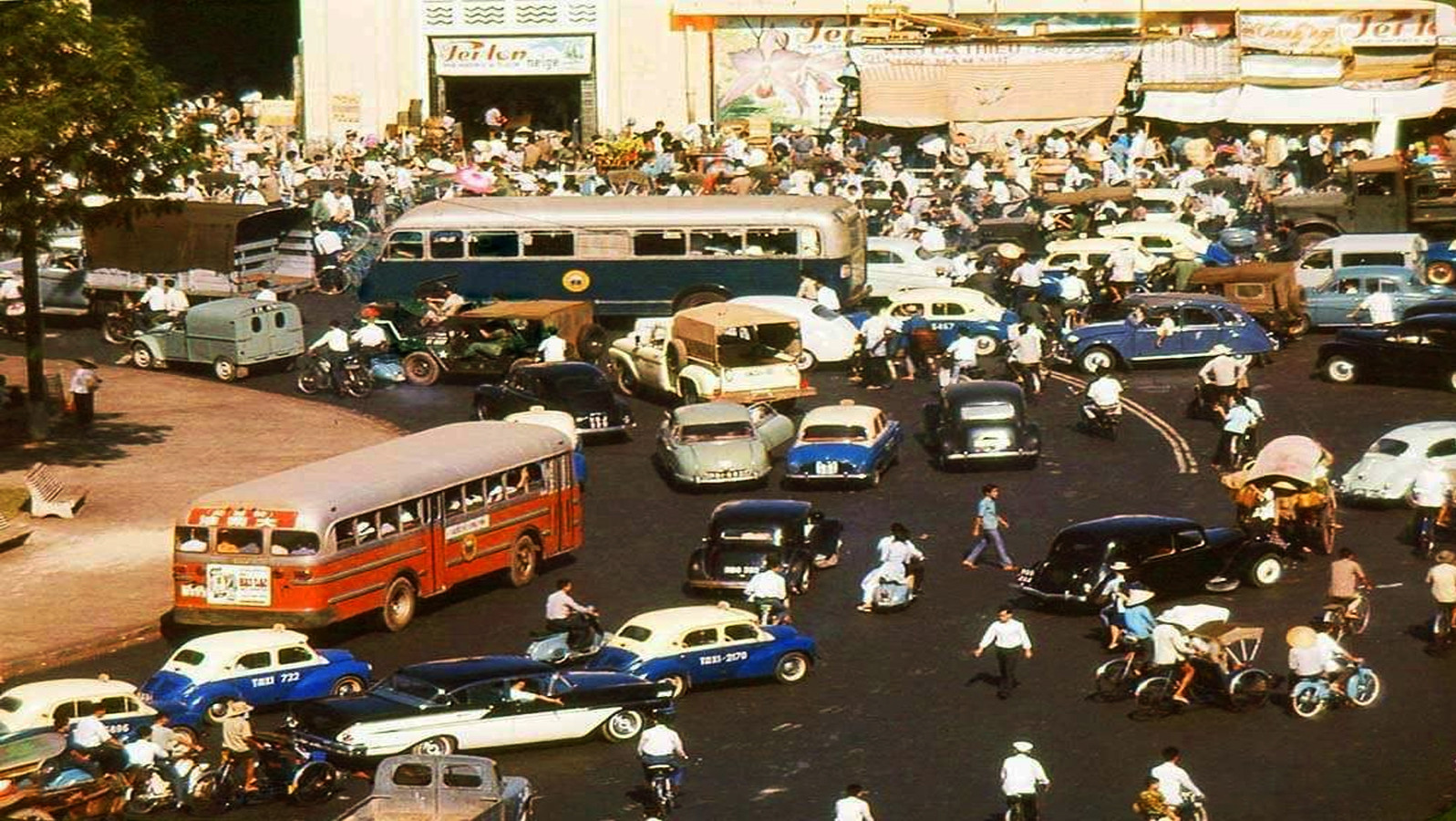
But on the contrary, in fact, the RVN proved its ability to form a country and rebuild the country from the day it regained independence from the French colonialists to the South.
The government of the RVN has created a rule of law democracy and successfully applied a humanitarian and scientific education policy to build up the basic human capital to establish and maintain an economy stable even in conditions of a fierce war.
Under the socialist regime, for a period twice the existence of the RVN, 45 years (1975-2020), united Vietnam has inherited many of the RVN’s legacies and has been more successful in transforming the economic face of the country.
Despite the serious corruption problem and the weak skill of the ruling authorities, Vietnam has done it for two decades with an average annual growth of 5% -6% thanks to its hard-working intelligence of the vast majority of the population, more clearly their sweat and tears.
Many observers also observed that if there is a rule of law democracy, remove the socialist legal system that binds the private sector, and know-how to apply human capital like the RVN, not looking far away, the country of Vietnam today has been able to grow 10% -12% annually in the past few decades under favorable conditions of peace and unification far beyond the old RVN.
And the middle-low income trap can be easily escaped in the long run.
In general, Vietnam missed an appointment with itself when it set the target 25-30 years ago to become an industrialized and modernized country by 2020.

Now that year has passed and the target is still too far away, the Government has set a new milestone of 2045, or 25 years from now, with a growth strategy that continues to be based on FDI and high-tech development.
Thoibao.de (Translated)




